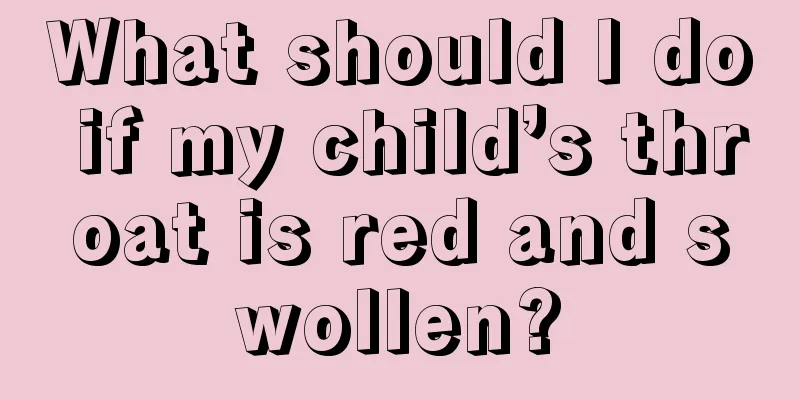How to treat infantile hemangioma?

|
Many infants and young children have some birthmarks on their bodies after they are born. Generally, birthmarks are not a big deal, but some parents cannot distinguish between birthmarks and hemangiomas. There are many types of hemangiomas, the more common ones are cavernous hemangiomas, port-wine stains, and capillary hemangiomas. They are all very dangerous and may cause the death of the child. Therefore, parents need to distinguish between hemangiomas and birthmarks, and how to treat them! Port-wine stain: It appears as one or several dark red or bluish-red patches with irregular edges that do not protrude above the skin surface and easily fade when pressed. It is more common on the head and neck and often appears at birth. It may increase in size as the body grows. Those occurring on the occipital region, forehead, or bridge of the nose may resolve on their own, while larger or more extensive lesions often persist throughout life. Capillary hemangioma: It appears as one or several bright red, soft, lobed tumors that do not fade when pressed. It often occurs on the head and neck. It usually does not appear at birth, but appears within a few weeks after birth, enlarges within a few months, grows rapidly, and can even reach several centimeters. Most of them grow to their maximum size within 1 year of age and then regress on their own, disappearing completely or incompletely within a few years. Cavernous hemangioma: The lesions are generally large and occur spontaneously. They occur at the site of a pre-existing capillary hemangioma or are located subcutaneously. They are round or irregular in shape, may be higher than the skin surface, and may be nodular or lobed. The boundaries are not clear, and the texture is soft and elastic. They are mostly light purple or purple-blue in color. They may shrink after squeezing. The surface skin may be normal or atrophied by adhesion to the tumor. Cavernous hemangioma may be accompanied by thrombocytopenia and purpura. It mainly occurs in infants and occasionally in adults. It is a serious type, and about 1/4 of cases die from bleeding, respiratory tract infection or malignancy. Many hemangiomas will grow larger as the child grows. Some do not require specific treatment, but some will affect the appearance or even cause death. They are related to the increase of platelets and need timely treatment. Surgery is the most common treatment, but if the child is too young and cannot bear the harm of surgery, other treatments must be adopted. |
>>: How should children eat to strengthen their spleen and stomach?
Recommend
Does children's growth hormone have side effects?
If a child suffers from malnutrition during his g...
Why does my child keep spitting?
It is a bad phenomenon for children to spit all t...
Why does my baby have swollen eyes after waking up?
For us adults, it is normal to sleep for 7-8 hour...
What should I do if my baby’s stool is red?
For many families who have just become parents, t...
What should a seven-year-old child eat if he has bad breath?
Bad breath can happen to anyone, even a seven-yea...
What to do if your one month old baby doesn't sleep
Various problems of newborns will make their pare...
What to do if your baby has diarrhea after being born ten days ago
The body of a newborn baby is particularly fragil...
Is it okay to apply fluoride to children’s teeth?
Nowadays, most people have begun to pay attention...
How tall is normal for a one-year-old baby?
Nowadays, many parents measure their children'...
What are the dangers of abnormal sleep time for middle school students?
Nowadays, people's living conditions have imp...
Is dental pit and fissure sealing good?
If we observe our teeth carefully, we will find t...
Why do babies always cry during the confinement period?
Why do babies always cry during the confinement p...
What is the reason for the red spots on the face of the newborn baby?
Anyone who has seen a newborn baby should know th...
How to treat a child's hunchback?
For children, they are in a period of happy growt...
The newborn's X-ray shows inflammation in the right lung.
Newborns are a very vulnerable group. Since they ...









